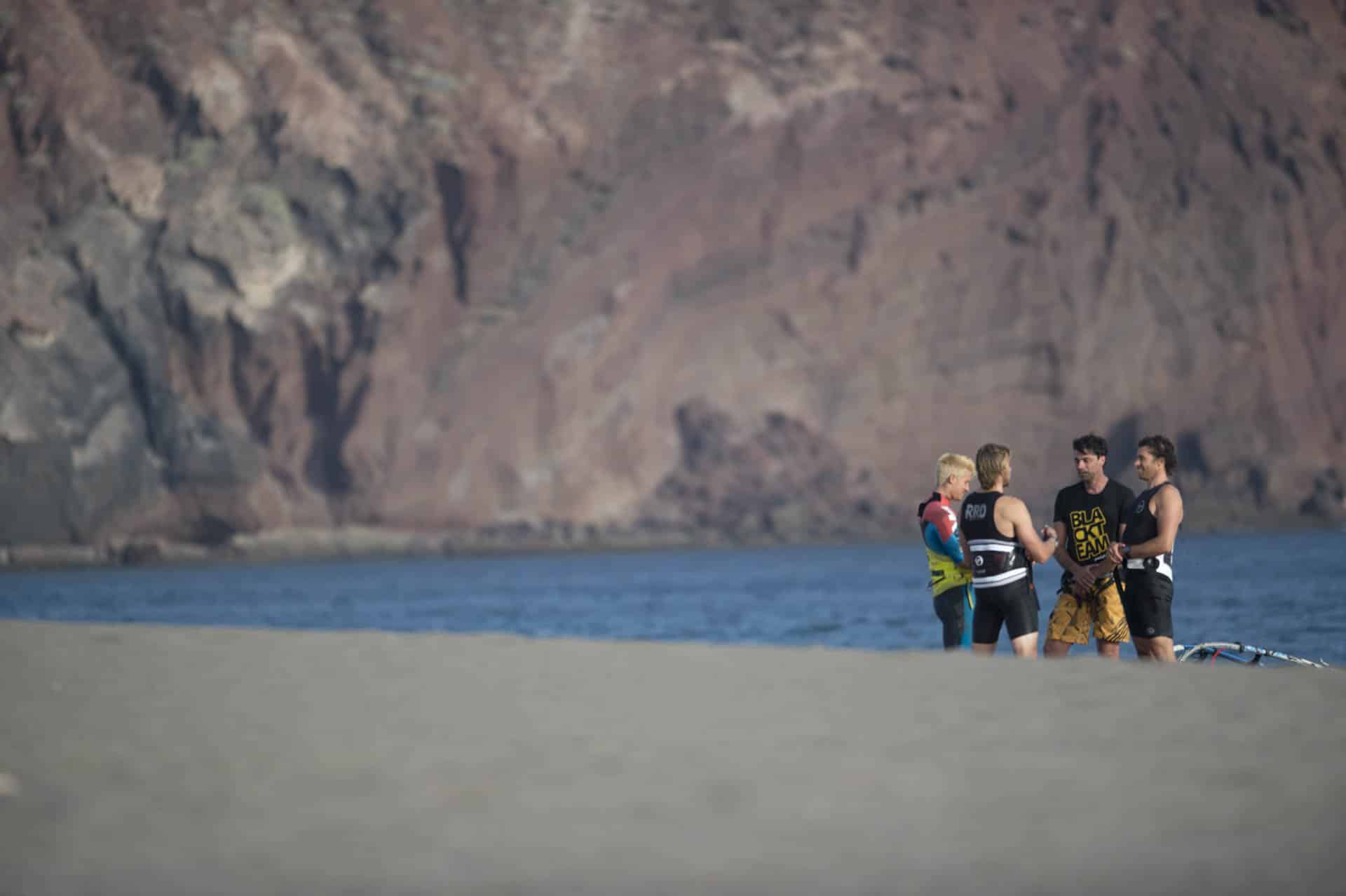
Blog
The thoughts when developing the AC-One Zero17: The race sail from the PWA Slalom Champion.

‘Never change the winning team’: This is how we felt for our AC-One.
In 2016, the AC-One was one of the 3 sails, which managed to win a PWA Slalom World Championship in the last 16 years. On it’s 10 years of existence it’s quite a great result, considering that not many other brands have managed to get that title in more years.
Another amazing fact was that the AC-One won with a rider, with an incredible talent, but who had never won before: Matteo Iachino.
The AC-One zero16 took Point-7 to win the PWA slalom sail brand constructor championship. The AC-One was the only brand on the PWA podium in both man and woman class, and had 3 man in top 10 in the man ranking, and all our 4 girls in the top ten in the women class.
Not only in the PWA, but our racing sail was on most of the podiums from the IFCA worlds, and won many national championships.
Should we have had the thought to fully change this winning product, or really take care not to make it worse? This is often one of the main dangers. There is the enthusiasm to make new development to go faster, have more power, more acceleration, have more control for the following year sail model. The riders are hot to have more and more prototypes in order to test more options. This same enthusiasm, can make testers go easily in the wrong way just to be happy that the new goes better, but just a small wrong change can make the winning sail become the worse sail.
In windsurfing sails, it’s only a question of millimetres and materials. By changing a material in one area of the sail, the sail could react and stretch differently. By changing few millimetres over a length, the sail can feel like it’s changing significantly.
Some riders get upset if they don’t see the sail looking completely different for the year after. They feel like the development has not been enough. Sometimes the changes are not seen from one year to the other, even when the sail is rigged, but it’s those small changes integrated in the sails, which might not be seen with a naked eye, which can make the sail better than the previous year model.
This year we have been working on many different projects for each sails size. We have been trying different ideas and each idea was working. We wanted a 5.6 easier to jibe? We made a 5.6 easier to jibe, but then did it have the same speed and control? This is often the main problem. Working on the best compromise, for each type of performance characteristics that the sail has to offer.
Take our sails in 2016: the 8.6 won with 2 different riders, all 4 races in Sylt. The 9.2 brought to the event podiums, 2 different riders in the 3 events it was used, Korea, Costa Brava and Denmark. A 5.6 and 6.2, won eliminations in Fuerteventura in strong slalom conditions. After each event the riders themselves for the first time, were almost too scared to make any changes for 2017! The team was not so eager to make changes on the sail, without being totally sure that it will be better on the race course.
Nowadays the development it’s so sophisticated, that according to the conditions on different sails, but from the same sail size, by integrating to each one a different development, one sail can be better in one spot\condition, but worse on another spot\condition than the same sail with a different small change. So it’s super important that when the equipment is tested, it’s tested in very different condition.
We test a lot on lake Garda in the summer time, as the place allows to work fast on the development, but then the same sails are sent to the different riders around the world, to be sailed in their spots, and then brought also to the PWA events to be tested before or after the event with all the team together. It’s not a surprise when riders prefer a different sail than others. So the trick is to try to make everyone happy. The development needs to get to the point to have one sail which can fit to everyone needs, and not just to one of the riders, or on one of the spot where it has been tested. This is always the main thought when developing the AC-One, and this why the sail is winning elimination with different type of riders and conditions.
It really takes a small change to destroy a winning sail. It can be hard to accept that the brainstorming of the team leads to a change, which could make the sail be worse. This is than the moment to be very careful. Example: You can find yourself on the water, with the new proto which is faster by few metres over 1km, but at the same time it might use 30% more of your energy to keep that faster speed. What happens over the whole race, and whole race day of racing? Will that little speed advantage, win over the fact that you need the 30% more energy? This is the reality from what the team and designer have to look into, when developing the sails.
If we go back to the fact that a winning team should not be changed, than this should be the rule for our AC-One. For 2017 we worked on 2 projects. New ideas which would need more than 2 years of research and development, and we will see if for 2018 they will be ready, or event later, to have it to go better than the existing master piece. The second project is the steady development, where the AC-One 2016 is tweaked and re-cut, on all small details to be found to be improved after long hours of testing. All the small tuning tricks that the Black team develops during the winter training and PWA tour, are than integrated in the new edition, to improve small performance advantages, which will make the AC-One zero17 another winning product. For more info read directly the AC-ONE gear page on our site.







